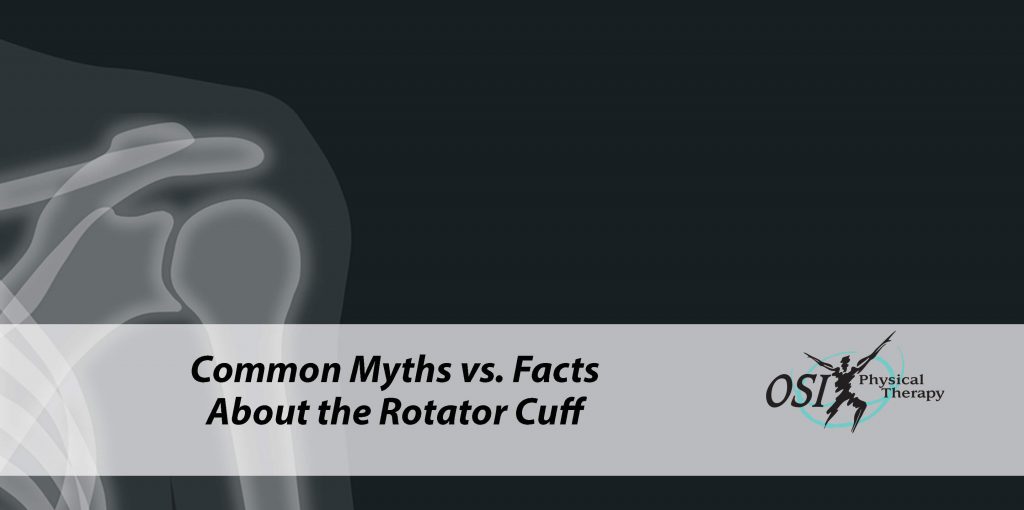
“I tore my rotator cuff, I need surgery to fix it.”
False: Conservative treatment including rest, ice, anti-inflammatories, gradual return to activity, stretching/strengthening can improve function and decrease pain in people who have sustained rotator cuff injuries or tears
“I need an MRI to figure out what is really going on.”
False: An MRI really won’t tell you much that we don’t already know or suspect and can be misleading. This can lead to a lot of wasted health care dollars and time.
“Won’t exercise just make my condition worse?”
False: The WRONG kind of exercise could make your condition worse. Which is why it is important to see someone who is trained and qualified to prescribe the correct exercises for YOU. Many people will try to look stuff up online or are given “general” shoulder exercises by other healthcare providers. Give those a short leash, if it is not working within 1-2 weeks come on in!
BOTTOM LINE: If you have shoulder pain, not caused by a trauma, seek conservative care first. This could mean calling your local physical therapist to be seen for a thorough evaluation, screening and treatment. One great place to start could be scheduling a FREE phone consult with one of our Physical Therapists!
FREE PHONE CONSULTATION: (651) 275-4706